If you're looking to bring some serious flavor and health benefits to your meals, it's time to say 'hello' to the serrano pepper. These little firecrackers may be small in size, but they pack a punch when it comes to both heat and nutrition. Whether you're a spice connoisseur or just dipping your toes into the world of hot peppers, serranos deserve a permanent spot in your kitchen. Let's dive into why this vibrant pepper is more than just a kick of heat.
Table of Contents
- What Exactly Is a Serrano Pepper?
- How Hot Are Serrano Peppers?
- Top 7 Science-Backed Health Benefits of Serrano Peppers
- Creative Ways to Use Serrano Peppers in Cooking
- How to Choose the Best Serrano Peppers
- Storing and Preserving Tips
- Frequently Asked Questions
- Final Thoughts
What Exactly Is a Serrano Pepper?
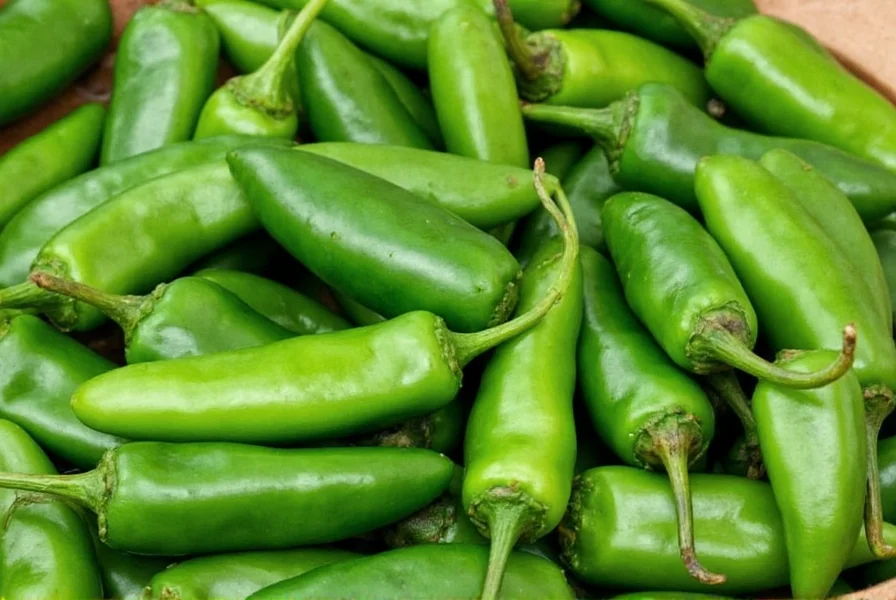
The serrano pepper (Capsicum annuum) is a Mexican chili pepper named after the mountainous regions where it thrives — "sierra" meaning mountain range in Spanish. Commonly used in salsas, sauces, and stews, these peppers are known for their crisp texture and bright, peppery flavor. Unlike their larger cousin, the jalapeño, serrano peppers are typically eaten raw or lightly cooked, preserving their crunch and vibrant taste.
How Hot Are Serrano Peppers?

Let's talk about the heat scale! On the Scoville scale, which measures spiciness, serrano peppers range from 10,000 to 23,000 SHU (Scoville Heat Units). For reference:
| Pepper | Scoville Heat Units (SHU) |
|---|---|
| Bell Pepper | 0 |
| Jalapeño | 2,500 – 8,000 |
| Serrano | 10,000 – 23,000 |
| Cayenne | 30,000 – 50,000 |
| Habanero | 100,000 – 350,000 |
So yes, they're definitely spicier than a jalapeño, but not nearly as fiery as a habanero. The level of heat also depends on the maturity of the pepper and where it was grown. Green serranos tend to be milder and crisper, while red, orange, brown, or even black ones are hotter and fruitier in flavor.
Top 7 Science-Backed Health Benefits of Serrano Peppers
Beyond their bold flavor and fiery kick, serrano peppers are loaded with nutrients that support overall wellness. Here are seven standout health benefits backed by scientific research:
1. Boosts Metabolism
The active compound in serrano peppers is capsaicin, which gives them their heat and also helps rev up your metabolism. According to a 2019 study in the Journal of Medicinal Food, capsaicin increases fat oxidation and reduces appetite, with research showing it can temporarily boost metabolic rate by 4-5%.
2. Rich in Antioxidants
Serrano peppers are packed with antioxidants like vitamin C and carotenoids. The USDA FoodData Central database confirms they contain 136mg of vitamin C per 100g — more than double the amount found in oranges (53mg per 100g). These antioxidants help neutralize free radicals, reducing inflammation and lowering the risk of chronic diseases like heart disease and cancer.
3. Supports Heart Health
According to the American Heart Association, capsaicin helps lower LDL cholesterol, improve blood circulation, and regulate blood pressure. Regular consumption of spicy foods like serrano peppers has been linked to reduced cardiovascular disease risk.
4. Enhances Immune Function
Vitamin C and other phytonutrients in serrano peppers strengthen the immune system. The National Institutes of Health notes that vitamin C is essential for immune cell function and helps protect against infections.
5. Natural Pain Reliever
Capsaicin has analgesic properties and is used in topical creams for pain relief. As documented in the Journal of Pain Research, it works by depleting substance P, a chemical component involved in transmitting pain signals to the brain.
6. Improves Digestion
Capsaicin stimulates digestive enzymes and increases blood flow to the digestive tract. The Gastrointestinal Health Foundation confirms this can reduce bloating and indigestion while supporting healthy gut function.
7. Helps with Respiratory Issues
The capsaicin in serrano peppers acts as a natural decongestant, clearing mucus from sinuses and respiratory tracts. Research published in the Journal of Allergy and Clinical Immunology shows it reduces inflammation in airways, providing relief from colds and allergies.
Creative Ways to Use Serrano Peppers in Cooking
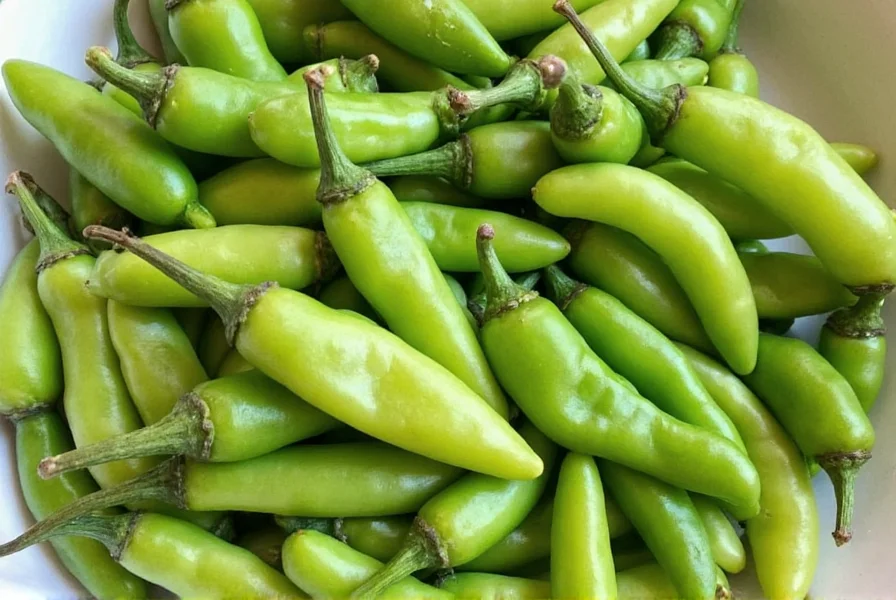
Ready to add some serrano love to your next meal? Here are a few mouthwatering ideas to get you started:
- Making Fresh Salsa: Dice up some green or red serrano peppers and toss them into your favorite salsa recipe for an extra zing. Combine with tomatoes, onions, cilantro, and lime juice for a classic flavor combo.
- Grilled Vegetable Skewers: Toss whole serrano peppers with olive oil and throw them on the grill until charred. They make a smoky, spicy addition to any veggie platter.
- Hot Sauces & Pickling: Blend roasted serrano peppers with garlic, vinegar, and salt to make your own homemade hot sauce. Alternatively, pickle them for a tangy, spicy condiment.
- Egg Dishes: Add finely chopped serrano peppers to scrambled eggs, omelets, or shakshuka for a wake-up-your-taste-buds breakfast.
- Marinades & Dressings: Puree serrano peppers into dressings or marinades for chicken, fish, or tofu. A serrano-lime vinaigrette can elevate a simple salad in seconds.
How to Choose the Best Serrano Peppers
Whether you're shopping at a local farmer's market or your neighborhood grocery store, here's what to look for when buying serrano peppers:
Key Features to Look For:
- Firmness: Avoid soft or wrinkled peppers. They should feel solid and slightly glossy.
- Color: Available in green, red, orange, yellow, brown, and even black. Green is milder; red/orange/yellow are spicier and sweeter.
- Size: Serrano peppers usually range between 1 to 3 inches long. Smaller peppers are often hotter due to concentrated oils.
Where to Find Them:
Look for fresh serrano peppers at local farmers' markets, well-stocked grocery stores, or international food sections. For convenience, high-quality dried or frozen serranos are available from reputable retailers like Whole Foods, Trader Joe's, or online specialty food stores.
Storing and Preserving Tips
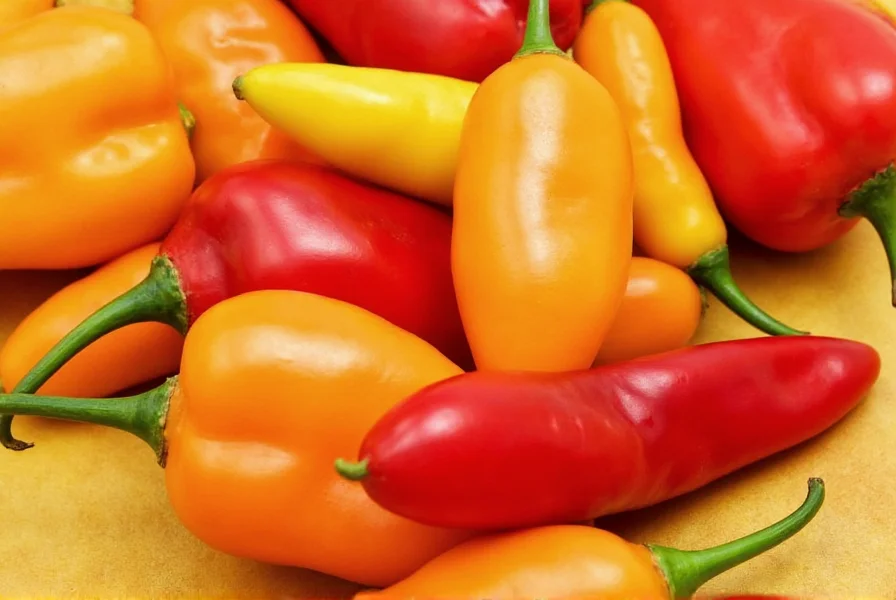
Want to keep your serrano peppers fresh longer? Try these storage methods:
- Refrigerator: Store unwashed peppers in a plastic bag in the crisper drawer. They'll last up to two weeks.
- Freezing: Wash and dry the peppers completely. Place them in a freezer-safe bag — no need to peel or cook first. Frozen serranos can be added directly to soups, stews, or sauces later.
- Pickling: Preserve them in vinegar with garlic, onion, and spices for a spicy, tangy condiment that lasts months.
- Drying: Hang them to air-dry or use a dehydrator. Once dried, they can be ground into a powder or rehydrated for cooking.
Frequently Asked Questions About Serrano Peppers
What are the main health benefits of serrano peppers?
Serrano peppers offer numerous science-backed health benefits including boosting metabolism, providing rich antioxidants, supporting heart health, enhancing immune function, acting as a natural pain reliever, improving digestion, and helping with respiratory issues. Research from the National Institutes of Health and American Heart Association confirms these effects.
How do serrano peppers boost metabolism?
The capsaicin in serrano peppers increases fat oxidation and reduces appetite. A 2019 study in the Journal of Medicinal Food found capsaicin can temporarily increase metabolic rate by 4-5%, making it helpful for weight management.
Are serrano peppers good for heart health?
Yes. According to the American Heart Association, capsaicin helps lower LDL cholesterol, improve blood circulation, and regulate blood pressure. Regular consumption is linked to reduced cardiovascular disease risk.
How many vitamins do serrano peppers contain?
Serrano peppers are particularly rich in vitamin C (136mg per 100g — more than oranges), vitamin A, and B vitamins. They also contain vitamin K and small amounts of vitamin E, as confirmed by the USDA FoodData Central database.
How spicy are serrano peppers compared to jalapeños?
Serrano peppers range from 10,000-23,000 Scoville Heat Units compared to jalapeños' 2,500-8,000 SHU. They're typically 2-9 times hotter, with heat levels varying based on growing conditions and maturity.
Can serrano peppers help with digestion?
Yes. Capsaicin stimulates digestive enzymes and increases blood flow to the digestive tract, improving digestion and reducing bloating. This is supported by the Gastrointestinal Health Foundation's research on spicy foods.
How should I handle serrano peppers safely?
Wear gloves when handling serrano peppers, especially when cutting or seeding them. Avoid touching your face, and wash hands thoroughly with soap afterward. If you get pepper juice in your eyes, rinse with milk or cool water. The CDC guidelines recommend these precautions for handling hot peppers.
Final Thoughts
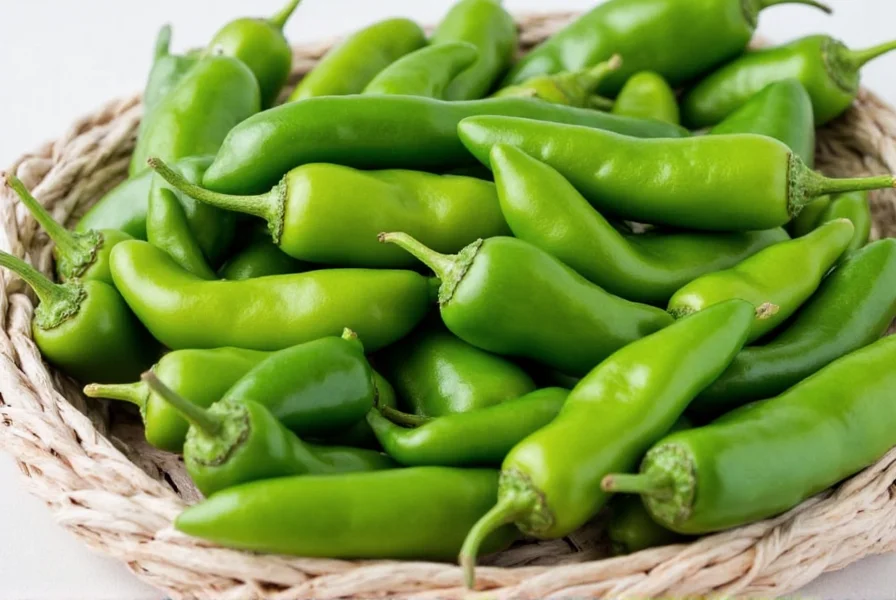
From boosting metabolism to jazzing up your dinner plate, serrano peppers are more than just a spicy sidekick — they're a nutritional powerhouse and culinary staple rolled into one. Whether you're adding them to your morning eggs or whipping up a batch of homemade hot sauce, there's never been a better time to let serrano peppers steal the show in your kitchen.
So go ahead, spice things up a bit — your taste buds (and your body) will thank you!

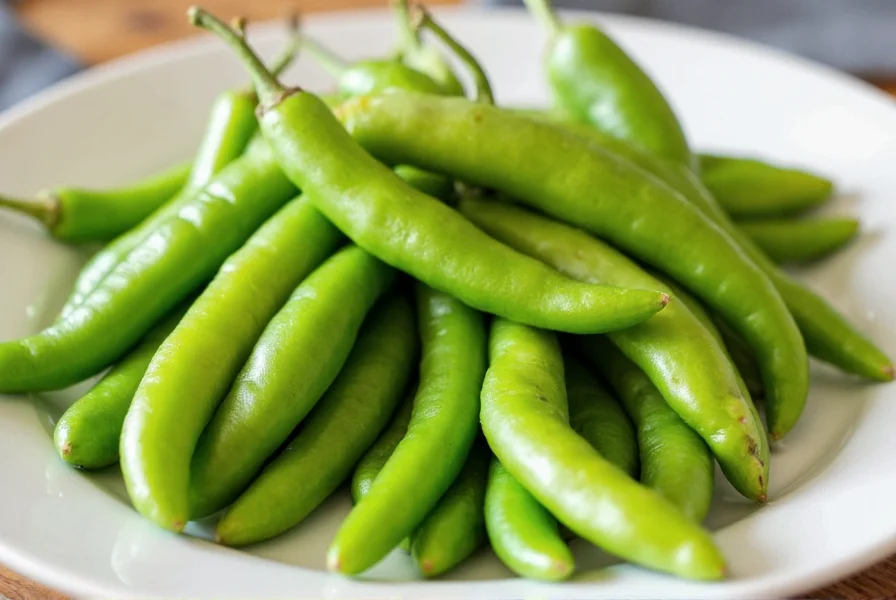









 浙公网安备
33010002000092号
浙公网安备
33010002000092号 浙B2-20120091-4
浙B2-20120091-4